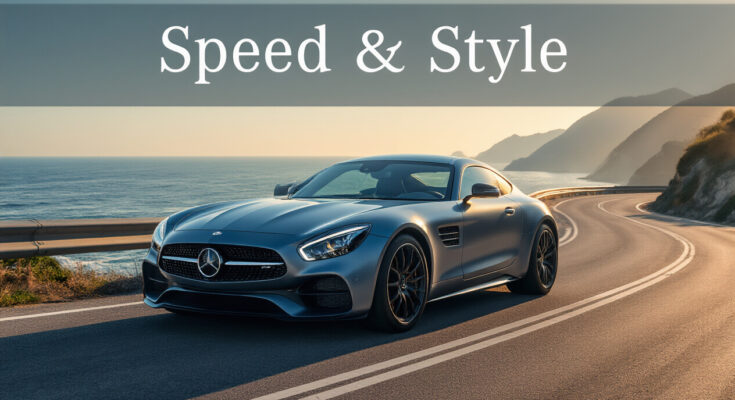Ever caught yourself stealing glances at that Aston Martin purring at the red light, wondering what it feels like to grip that wheel? You’re not alone.
For the discerning driver, a car isn’t just transportation—it’s a statement. It’s the difference between arriving and making an entrance.
Luxury cars that combine speed and style don’t just move you physically; they move you emotionally. From the hand-stitched leather seats to the engineered growl that turns heads from blocks away.
I’ve spent years test-driving the most elegant speedsters on the market, and I’m about to save you hundreds of hours of research.
But first, let me ask you this: what makes a truly luxurious driving experience worth the six-figure investment?
Defining Luxury in Automotive Excellence
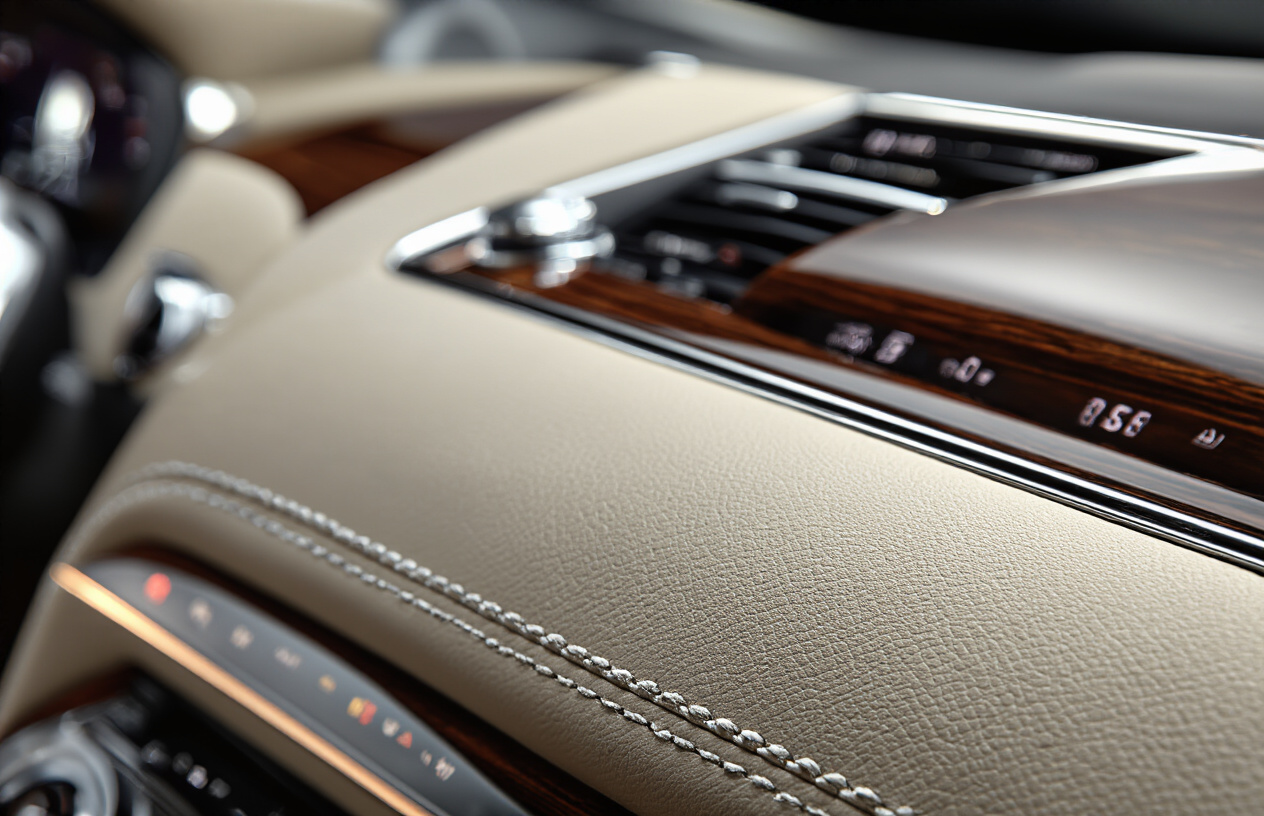
The Evolution of Luxury Car Standards
Remember when having leather seats and wood trim meant you were riding in luxury? Those days are long gone.
Luxury in cars has completely transformed over the decades. In the 1950s, power windows and air conditioning were exclusive to top-tier vehicles. The 1980s brought us car phones and CD players as premium features. Now? Those wouldn’t impress a teenager buying their first used car.
Today’s luxury standards have skyrocketed. Basic premium vehicles now pack advanced driver assistance systems, ambient lighting with dozens of color options, and seats that not only heat and cool but massage you on the go.
What really shifted things was when technology became the new luxury frontier. Tesla changed the game—suddenly a minimalist interior with a massive touchscreen became more desirable than traditional opulence.
Performance Metrics That Define Elite Vehicles
Raw power isn’t enough anymore. Today’s luxury performance is measured by:
- 0-60 times under 3 seconds (without sacrificing comfort)
- Whisper-quiet cabins at 100+ mph
- Suspension systems that read the road ahead
- Battery range and charging speeds (for EVs)
The Bugatti Chiron does 0-60 in 2.3 seconds. The Lucid Air goes 520 miles on a charge. Numbers that seemed impossible just ten years ago.
Design Elements That Signal Prestige
What catches your eye when a high-end car drives by? It’s those signature elements:
- Distinctive lighting signatures (think Audi’s dancing LED sequences)
- Hand-stitched interiors using materials from sustainable sources
- Aerodynamic profiles that look fast standing still
- Details most people miss: door hinges, exhaust tips, speaker grilles
The Psychology of Luxury Car Ownership
Why drop six figures on a car when a Toyota will get you there just the same?
Because luxury cars aren’t transportation—they’re statements. They tell the world you’ve “made it” without saying a word. They create a sense of exclusivity, of belonging to a club.
The psychological benefits are real too. That new-car smell in a Mercedes is actually engineered to trigger pleasure responses. The solid thunk of a Bentley door closing provides genuine satisfaction.
For many owners, their luxury car becomes their sanctuary—the one place where they control every aspect of their environment, from temperature to lighting to sound.
Iconic European Luxury Manufacturers
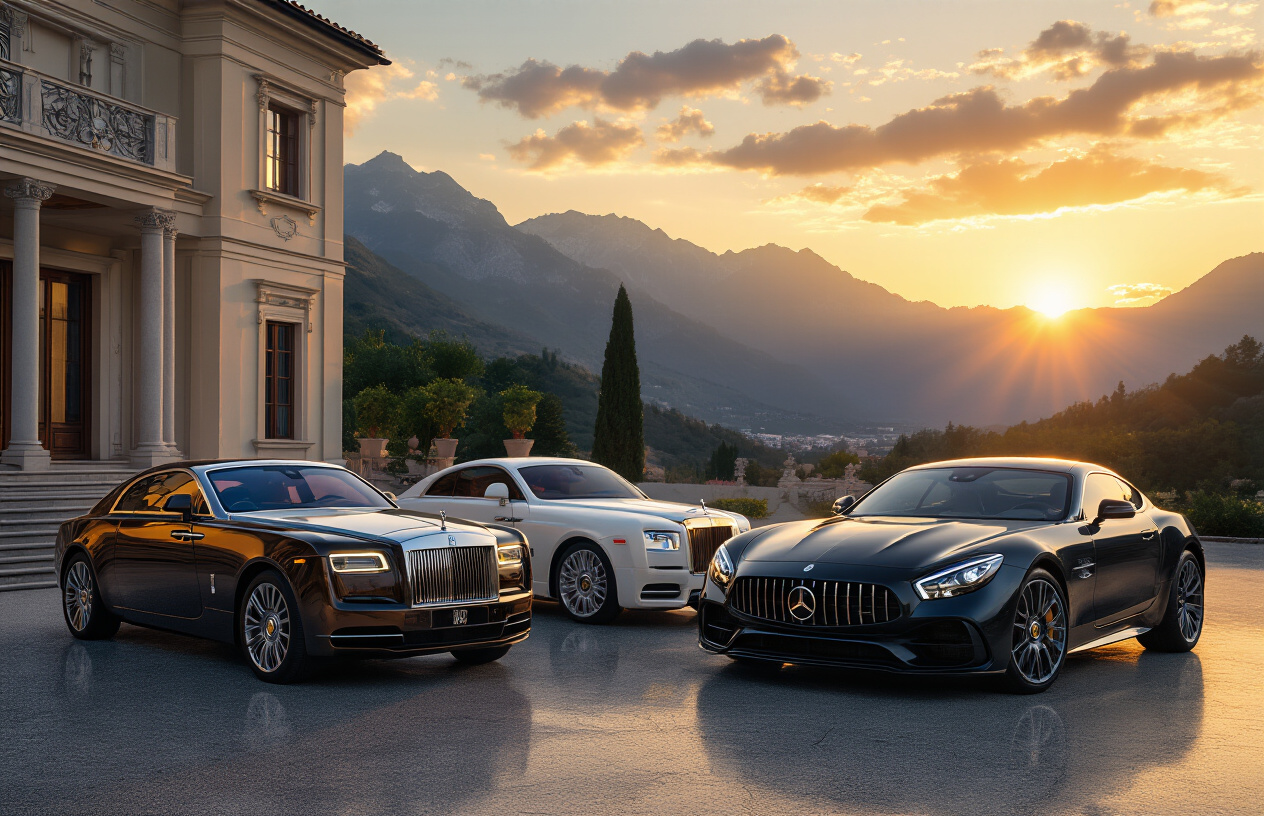
Mercedes-Benz: The Pioneer of Automotive Luxury
Ever wondered why Mercedes-Benz is the first name that pops into your head when someone mentions luxury cars? It’s because they basically wrote the rulebook. Since Karl Benz patented the first gasoline-powered car in 1886, Mercedes has been synonymous with innovation wrapped in luxury.
The S-Class stands as their flagship model – the rolling laboratory where tech debuts before trickling down to other cars years later. From the first airbags to radar-assisted braking, they’ve always been steps ahead.
But it’s not just about tech. Slip into a Mercedes, and you’ll feel the difference immediately. Those seats aren’t just comfortable; they’re engineered to support your body perfectly on thousand-mile journeys. The cabin silence isn’t accidental – it’s the result of obsessive sound engineering.
BMW: Balancing Dynamic Performance with Elegance
BMW nailed the formula that luxury doesn’t have to be boring. Their “Ultimate Driving Machine” tagline isn’t just marketing fluff – it’s their DNA.
The 7 Series goes toe-to-toe with the S-Class but adds that special BMW driving feel. Their iDrive system, once ridiculed for complexity, now sets the standard for intuitive control interfaces in luxury vehicles.
What makes BMW special is how they blend performance and luxury. The M models prove you can have a car that handles like it’s on rails while cocooning you in premium leather and cutting-edge tech. Their interiors walk that perfect line between minimalist design and opulent comfort.
Aston Martin: The British Standard of Sophistication
James Bond’s car of choice isn’t just about looking good in chase scenes. Aston Martin creates vehicles that are essentially rolling art pieces.
Each Aston is still largely handcrafted, with master artisans spending up to 200 hours on a single interior. The DB series captures what makes British luxury special – understated elegance with explosive performance underneath.
That signature grille is instantly recognizable anywhere in the world. The sound of an Aston V12 engine is automotive poetry – a growl that turns into a symphony at full throttle. These aren’t just transportation; they’re emotional experiences wrapped in aluminum and leather.
Ferrari: Where Speed Meets Timeless Italian Design
Ferrari doesn’t just make cars; they create legends. The prancing horse emblem represents the pinnacle of automotive passion, where engineering meets artistry in perfect harmony.
The waiting list for a new Ferrari speaks volumes. People don’t just buy one – they’re selected to own one. Each model, from the versatile Roma to the jaw-dropping SF90 Stradale, combines blistering performance with designs that will look as stunning in 50 years as they do today.
Inside a Ferrari, everything the driver touches has been meticulously engineered. The steering wheel, borrowed from F1 technology, puts essential controls at your fingertips. The paddle shifters click with mechanical precision that’s deeply satisfying. It’s visceral luxury – engaging all your senses at once.
Rolls-Royce: The Ultimate Symbol of Automotive Opulence
Rolls-Royce doesn’t compete with other luxury car manufacturers – they exist in their own universe. The Spirit of Ecstasy hood ornament leads vehicles that represent the absolute zenith of automotive craftsmanship.
The Phantom remains the benchmark by which all luxury cars are judged. Each one takes about 450 hours to build by hand. The starlight headliner, with up to 1,600 hand-placed fiber optic lights, recreates constellations or custom patterns above passengers’ heads.
The phrase “Rolls-Royce quality” became part of our language for good reason. Open and close a Rolls door – the satisfying weight and silence tell you everything. Their bespoke program allows owners to customize virtually everything, from custom paint matched to your favorite lipstick color to wood veneers from trees on your estate.
American Luxury Powerhouses
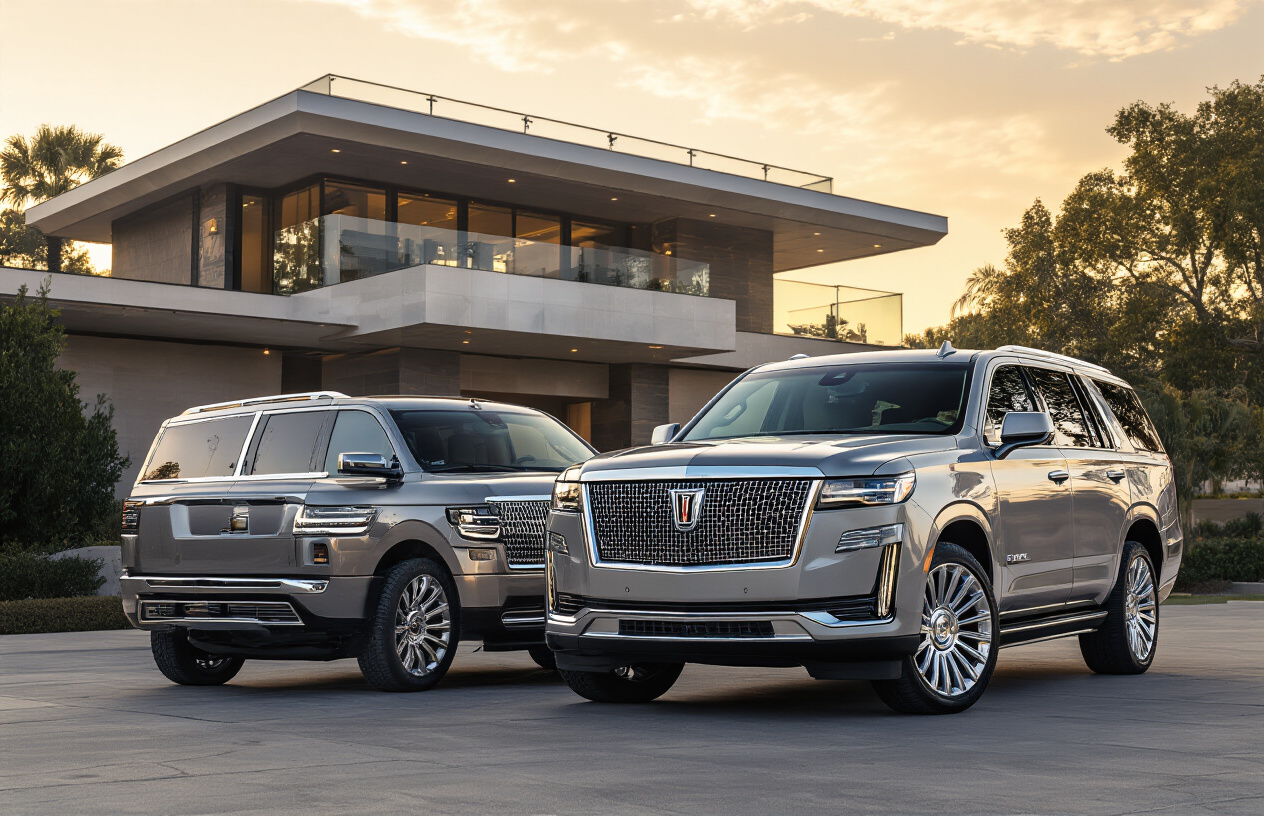
A. Cadillac: America’s Luxury Renaissance
Remember when Cadillac was your grandpa’s car? Those days are gone. The brand has roared back with a vengeance, blending old-school American luxury with performance that makes German engineers sweat.
The CT5-V Blackwing is the perfect example. With a supercharged V8 pumping out 668 horsepower, it’s a four-door missile that still pampers you with hand-stitched leather and massage seats.
Cadillac’s design language has evolved too. Sharp creases, bold lighting signatures, and distinctive proportions make these cars stand out in a sea of European sameness. Step inside any modern Cadillac and you’ll find interiors that combine cutting-edge tech with materials you can’t help but touch.
B. Tesla: Redefining Luxury Through Innovation
Tesla doesn’t play by the old luxury rulebook. They tore it up and wrote their own.
The Model S Plaid doesn’t just compete with luxury cars – it embarrasses them. Zero to 60 in under 2 seconds while you sit in minimalist splendor. No buttons, no clutter, just a massive screen and materials that feel like they’re from the future.
What makes Tesla luxury isn’t chrome or wood trim. It’s waking up to find your car has new features downloaded overnight. It’s having the fastest acceleration on the planet while producing zero emissions. It’s autopilot taking the stress out of traffic while you enjoy that panoramic glass roof.
C. Lincoln: The Return to American Elegance
Lincoln has found its groove again by doing something radical: not trying to be European.
Their new models embrace distinctly American luxury – spacious, comfortable, and unapologetically plush. The Navigator and Aviator don’t pretend to be track cars. They’re gorgeous land yachts designed to make every journey feel like a first-class flight.
Lincoln’s “Quiet Flight” philosophy means cabins that shut out the world’s noise, seats that adjust 30 ways, and materials selected for how they feel, not just how they look. There’s something refreshingly honest about Lincoln’s approach – luxury without the aggression that many brands mistake for sportiness.
Asian Luxury Contenders

Lexus: Japanese Precision and Reliability
The Japanese know a thing or two about luxury, and Lexus stands as living proof. Since 1989, they’ve been quietly redefining what luxury means with their obsessive attention to detail.
Ever watched a Lexus being assembled? It’s almost meditative. Each car undergoes a 30-step paint inspection process—by human eyes, not machines. That’s commitment.
The LS flagship sedan remains their crown jewel. Slip behind the wheel and you’ll find seats that adjust in 28 different ways. Twenty-eight! Your office chair could never.
But Lexus isn’t just about comfort. The LC 500 coupe makes that clear with its naturally-aspirated V8 that sings like nothing else on the road today. It’s the kind of car that makes you take the long way home.
Genesis: The Rising Star of Luxury
The luxury car world didn’t see Genesis coming. Hyundai’s luxury offshoot burst onto the scene in 2015 and started collecting design awards like they were going out of style.
The G80 sedan embarrasses competitors costing $20,000 more. The interior materials? Genuinely premium. The tech? Cutting-edge but intuitive.
Their design chief came from Bentley, and it shows. The Genesis lineup has a distinct identity—that massive shield grille and those twin-line headlights make an unmistakable statement.
Infiniti: Performance-Focused Luxury
Infiniti carved its niche by injecting Nissan’s performance DNA into the luxury segment. The Q50 Red Sport 400 isn’t just a pretty face—it packs 400 horsepower that hits you like a sledgehammer when you press the throttle.
Their variable compression turbo engine technology is genuinely revolutionary stuff. It literally changes how the engine operates based on whether you want efficiency or power. That’s some sci-fi level engineering.
The cabins blend Japanese minimalism with tech that doesn’t require an engineering degree to operate. Their zero-gravity seats were designed using NASA research. Seriously, NASA. For your commute.
Cutting-Edge Features Defining Modern Luxury Cars
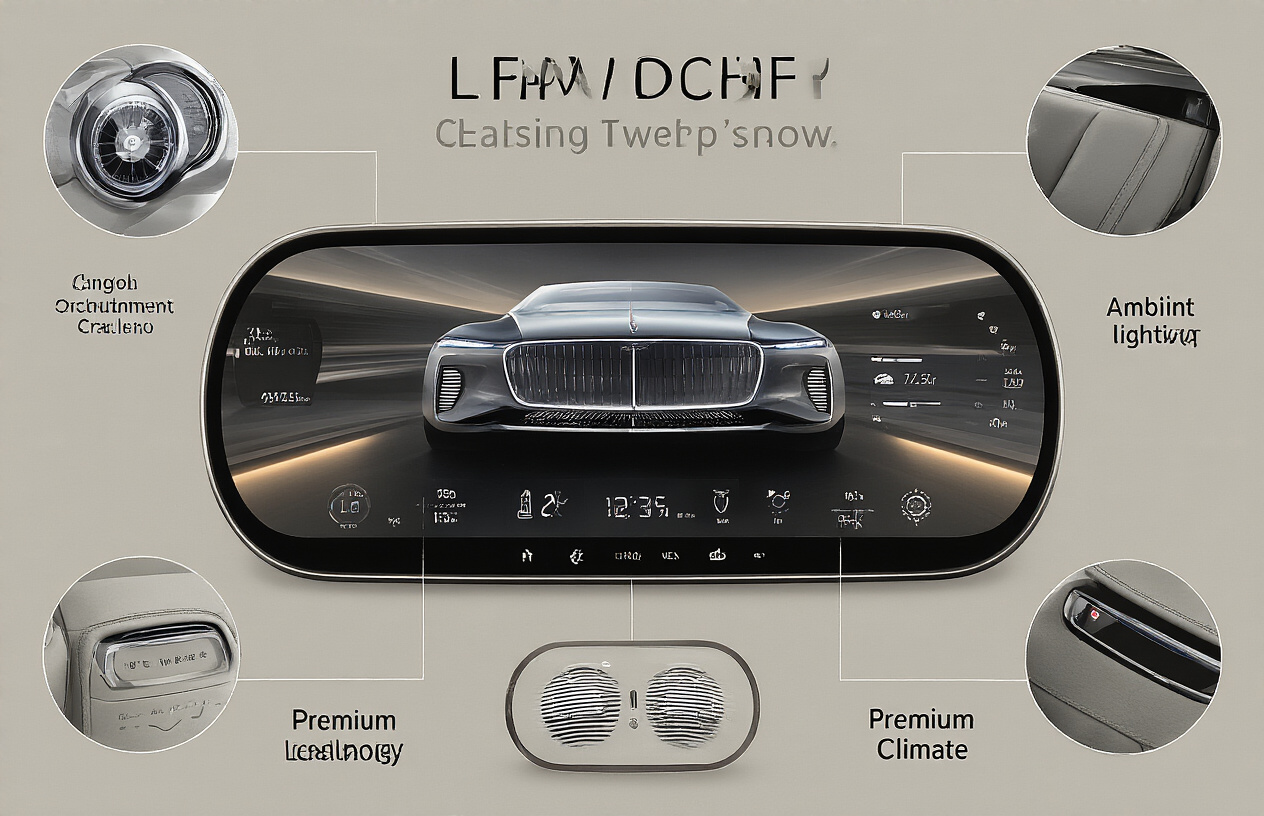
Next-Generation Interior Comfort Technologies
Remember when luxury meant leather seats and wood trim? Those days are gone. Today’s high-end cars pack tech that makes first-class air travel look primitive.
Massage seats aren’t just for massaging anymore. They now offer 10+ programs that adapt to your stress levels by monitoring your breathing patterns and heart rate. Mercedes’ new S-Class literally listens to your body.
Temperature control has gone microscopic. Rolls-Royce’s climate systems use nanomaterials that adjust humidity molecule by molecule, keeping you in a perfect microclimate regardless of what’s happening outside.
Then there’s sound. Not just noise cancellation – that’s old news. BMW’s iX creates “sound zones” where the driver can take a call while rear passengers blast music, and nobody hears the other’s audio. It’s like invisible soundproof glass between seats.
Revolutionary Driver Assistance Systems
The steering wheel is becoming optional equipment. Not legally (yet), but functionally.
Audi’s Traffic Jam Pilot handles the soul-crushing stop-and-go without you touching a thing. But that’s just the appetizer.
The real magic happens with predictive systems. Bentley’s highway assist doesn’t just react to the car ahead – it reads the road surface 50 feet ahead and adjusts suspension milliseconds before you hit that pothole. You’ll feel nothing.
These cars don’t just watch the road – they watch you. Eye-tracking cameras in the Porsche Taycan detect fatigue before you realize you’re tired, gently suggesting coffee stops or activating seat position changes to improve blood flow.
Customization Options That Elevate Ownership Experience
The phrase “made to order” has taken on new meaning.
Ferrari’s Tailor Made program lets you bring literally any material for your interior. Want seats upholstered in the same leather as your grandfather’s favorite chair? Done. Dashboard finished in wood from your family estate? They’ll send someone to harvest it.
Digital customization goes even deeper. Rolls-Royce’s Phantom has a “Gallery” – a glass-enclosed space running across the dash where you commission actual artwork. Some owners install tiny paintings, others custom-designed watches.
Bentley now offers 3D-printed gold interior elements that can be designed to match your fingerprint pattern. It’s next-level personalization – your car’s details are literally coded with your DNA.
Sustainable Luxury: Eco-Friendly Materials and Powertrains
Luxury and sustainability used to be opposing concepts. Not anymore.
Mercedes EQS’s interior contains over 80 parts made from recycled ocean plastic, yet feels more premium than traditional materials. The industry’s dirty secret? Sustainable materials often feel better than their conventional counterparts.
Powertrains have evolved beyond “electric or gas.” Lucid’s Air Dream edition gives you 1,111 horsepower while delivering 520 miles per charge – better range than many gas cars. The power comes with zero guilt.
Even sounds are sustainable. Aston Martin’s engineers spent years creating synthetic engine notes for their electric vehicles that deliver the emotional thrill of combustion without the emissions.
Investment Value of Luxury Automobiles
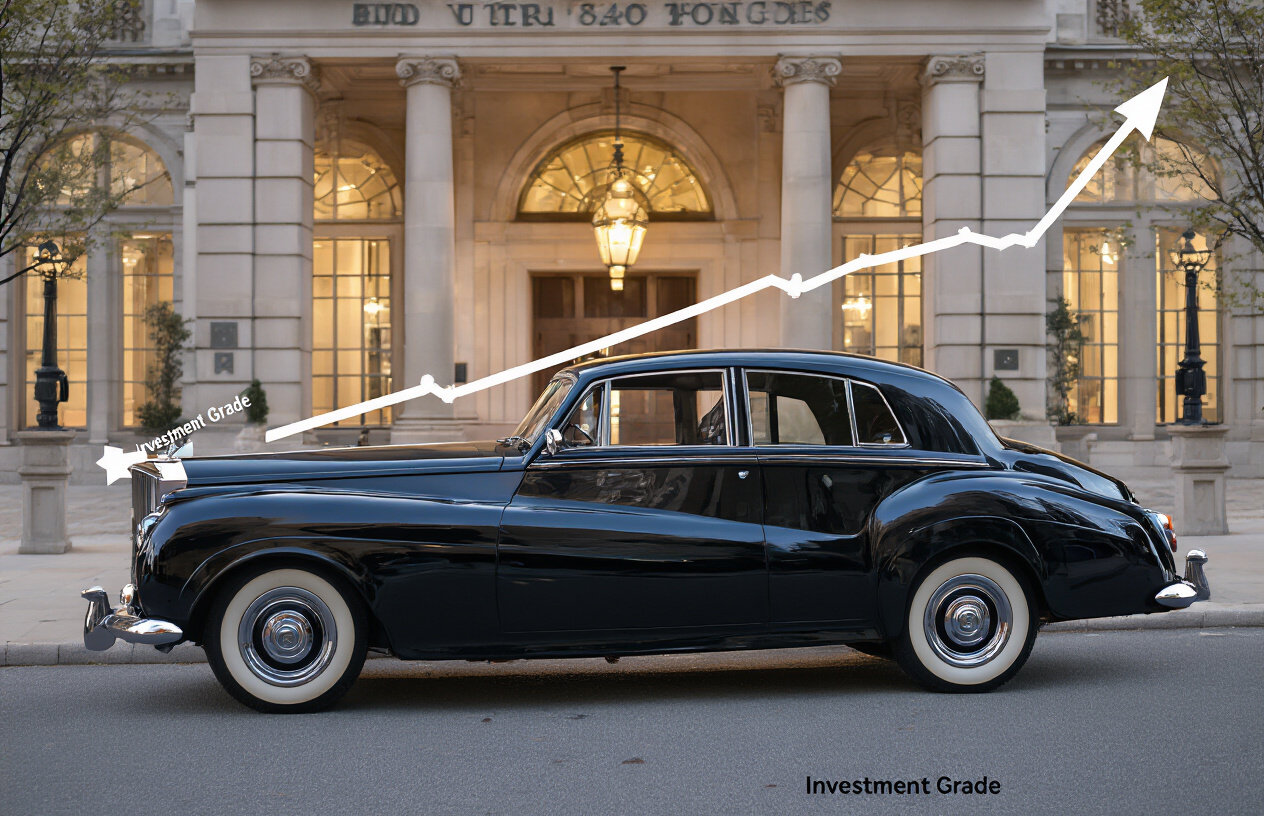
Models That Appreciate Over Time
Think luxury cars are just money pits? Think again.
Some high-end vehicles actually gain value while you enjoy them. The Ferrari 250 GTO is the gold standard here—one sold for $70 million in 2018 after originally costing a tiny fraction of that. But you don’t need multi-millions to play this game.
Limited-production Porsches like the 911 R have doubled their value within just a few years. Mercedes-Benz AMG Black Series models consistently outperform market expectations. And don’t overlook certain Aston Martin variants—particularly manual transmission V12 models that are becoming increasingly rare.
The key? Exclusivity. Cars produced in limited numbers with special features almost always appreciate. Low-mileage examples with complete service history and original parts command the highest premiums.
Collector Editions Worth Considering
Smart collectors look beyond the obvious choices. Consider these under-the-radar gems:
- Final production runs of iconic models (last-gen Land Rover Defenders)
- Special anniversary editions (Lamborghini Centenario)
- Manufacturer-customized variants (Ferrari Tailor Made program)
- Manual transmission luxury cars (increasingly extinct)
- Vehicles with unusual color combinations from factory
The BMW 1M Coupe launched at $47,000 and now fetches $70,000+. The Lexus LFA, initially criticized for its $375,000 price tag, now commands $700,000+. These weren’t obvious investments when new.
Maintenance Considerations for Long-Term Value Retention
The difference between a valuable classic and an expensive headache? Proper maintenance.
Documentation is everything. Keep every service record, receipt, and factory communication. Store them digitally and physically. Serious collectors want complete paper trails.
Original parts matter enormously. Modifications typically decrease value unless done by recognized specialists like AMG, Alpina, or RUF.
Climate-controlled storage is non-negotiable for serious investment pieces. UV damage and humidity are silent value killers.
Drive your investment pieces—but sparingly. Cars with 3,000-5,000 miles annually maintain mechanical health without accumulating excessive wear. Cars with zero miles often develop costly issues from sitting.
Factory-trained technicians are worth their premium rates. Their work maintains provenance and ensures proper procedures that preserve long-term value.
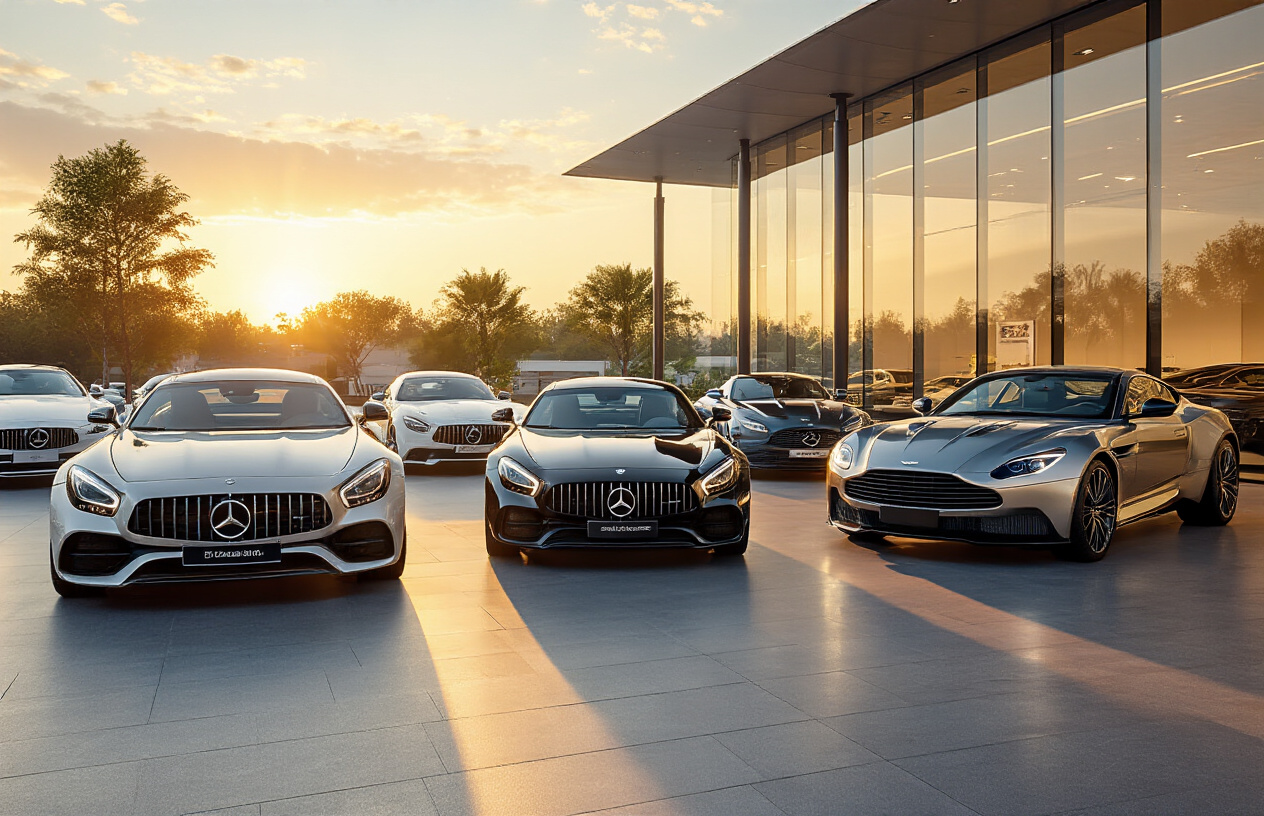
Luxury automobiles represent the pinnacle of automotive engineering, where craftsmanship meets innovation. From the storied European manufacturers with their rich heritage to American powerhouses delivering bold statements and Asian contenders redefining precision, these vehicles transcend mere transportation. The integration of cutting-edge technology, sumptuous materials, and meticulous attention to detail creates an experience that appeals to all senses.
Owning a luxury car goes beyond the immediate gratification of driving excellence—it’s also a potential investment. As you consider which luxury vehicle best matches your personal style and needs, remember that the true value lies in how seamlessly it enhances your lifestyle while delivering performance that thrills with every drive. The perfect luxury automobile doesn’t just take you from point A to B; it transforms the journey into an unforgettable experience of speed and style.

